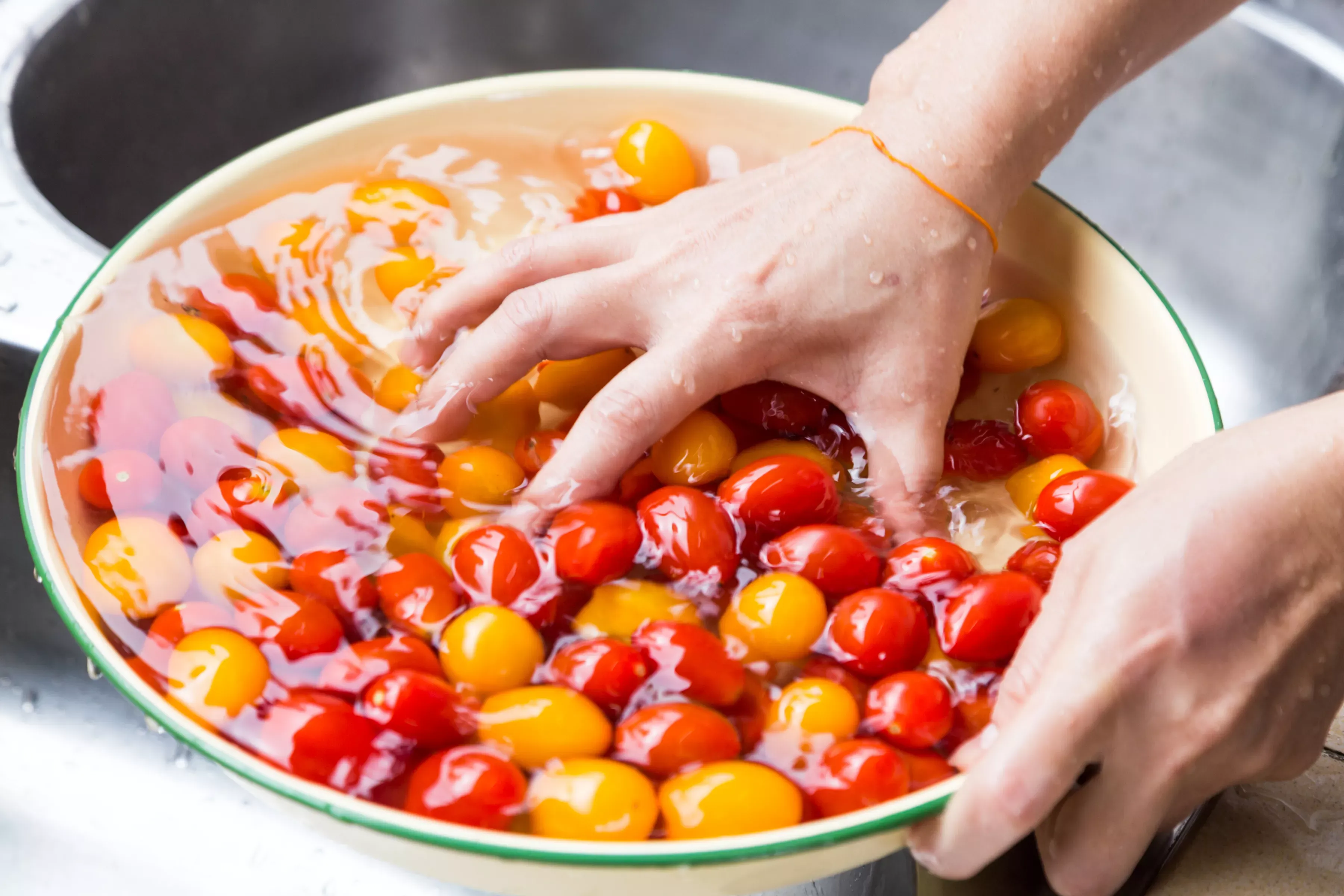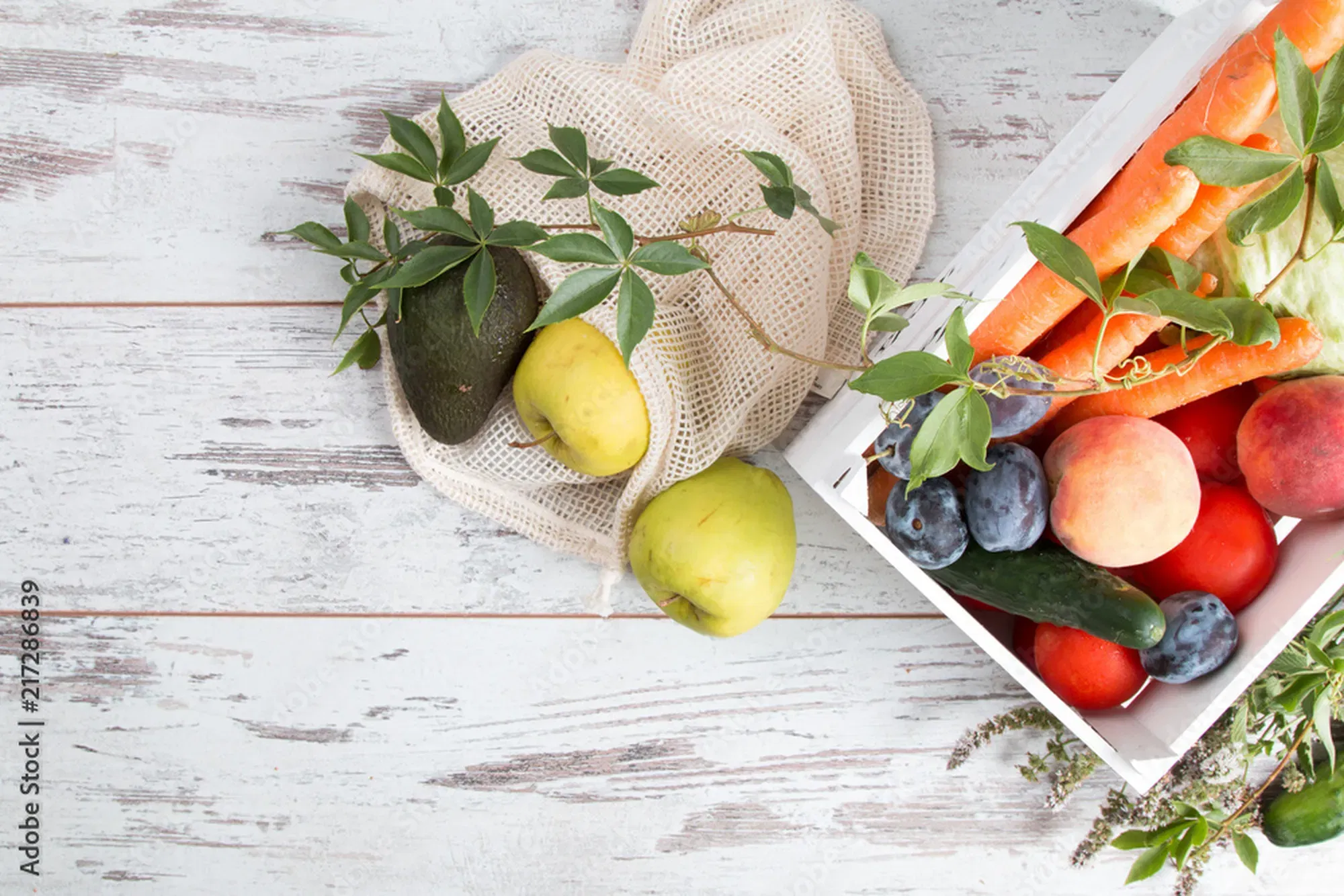Are You Eating the Dirty Dozen Fruits and Vegetables?
Are you familiar with the concept of the "Dirty Dozen"? It's a term used to describe a compilation of twelve specific fruits and vegetables that have been discovered to have the highest levels of pesticide residue. In this blog post, we will delve into the topic of the most contaminated produce, its implications for our well-being, and provide tips on how to steer clear of them.
What is the “Dirty Dozen”?
The Dirty Dozen refers to a compilation of twelve fruits and vegetables that undergo testing to identify the highest levels of pesticide residues. Annually released by the Environmental Working Group (EWG), this list aims to educate consumers on which produce items they should consider purchasing organic to minimize their exposure to chemicals.
The fruits and vegetables featured on the Dirty Dozen are labeled as "dirty" due to their elevated pesticide residue content. By choosing these items, you may subject yourself to a higher chemical load compared to opting for different fruits, vegetables, or organically grown alternatives.
It's important to recognize that all food contains trace amounts of pesticides, making it nearly impossible to completely eliminate them from your diet. Nevertheless, there are several approaches to diminish your overall exposure.
Which fruits and vegetables are included in the “Dirty Dozen”?
Every year, the Environmental Working Group (EWG) updates their list of the Dirty Dozen, which is derived from testing fruits and vegetables in the United States. The list for 2023 comprises the following produce items:
- Strawberries, Spinach, Kale, Peaches, Pears, Nectarines, Apples, Grapes, Peppers, Cherries, Blueberries, Green, and Beans.
These fruits and vegetables have been identified as having higher levels of pesticide residues compared to others. The EWG compiles this list to raise awareness among consumers about the potential risks associated with consuming produce that may contain more chemicals.
By recognizing these specific items, individuals can make informed choices when deciding which foods to purchase organically or seek alternatives with lower pesticide levels. It's worth noting that the EWG's list is focused on the United States and may differ in other countries due to variations in pesticide usage and regulations.
Why are these fruits and vegetables "dirty"?
The aforementioned fruits and vegetables are especially susceptible to contamination because of their delicate skin, extensive surface area, and common practice of consuming them without washing or peeling.
Pesticides, which are recognized as toxic substances for both humans and the environment, pose an elevated health risk when consuming foods exposed to them. Additionally, regularly consuming these items can result in the gradual accumulation of toxins in the body and contribute to environmental pollution.


What does this mean for our food and our environment?
Pesticides contain chemicals that can have negative impacts on our well-being, potentially leading to various health issues such as an elevated risk of cancer, birth defects, neurological harm, infertility, and disruption of the endocrine system.
To mitigate the potential risks associated with pesticide exposure, the most effective approach is to prioritize organic options when purchasing fruits and vegetables. While organic choices may be more expensive and not consistently accessible, being aware of the "dirty dozen" can assist consumers in making informed decisions that prioritize their health and well-being.
What else can we do?
- When it comes to the fruit and vegetables being tested for pesticide exposure, they are typically found in supermarkets and are produced on a large industrial scale. To reduce pesticide exposure, it is advisable to avoid purchasing the Dirty Dozen conventionally. Opt for organic alternatives whenever possible and, if feasible, explore local farmer's markets. Engage in conversation with growers to inquire about their methods of crop protection. Some farmers employ physical barriers or natural deterrents to safeguard their crops from pests.
- If you choose to buy your fruits and vegetables from supermarkets, it is crucial to wash them thoroughly. While citrus fruits may show high pesticide levels, these are mostly concentrated on the skin, which is typically not consumed. Furthermore, cooking can help break down pesticides. While washing and cooking cannot completely eliminate all pesticide residues absorbed by the plant during growth, it can significantly reduce their presence.
- Emphasize consuming cleaner options by avoiding the dirtiest fruits and vegetables. The EWG also publishes a Clean 15 list, which includes produce with lower pesticide levels. However, as this data is based on the USA. Our suggestion is to consider how fruits and vegetables are typically cultivated. Additionally, fruits and vegetables with their own protective exteriors, such as pineapples or sweetcorn, or those less appealing to animals and insects, like onions, may have lower pesticide usage.
- Another effective way to ensure full control over the treatment of your fruits and vegetables is by growing your own. Some of the Dirty Dozen can be cultivated in planters or small gardens. A small strawberry patch, given adequate sunlight, can yield a satisfying crop during the summer.
Implementing natural methods to protect your homegrown produce is recommended. Encouraging natural predators into your garden to feed on insects, employing physical barriers such as copper wire or eggshells to deter slugs, and using netting to prevent bird damage are a few examples. Companion planting, which involves surrounding your crops with brightly colored and more appealing plants, can divert pests away from your fruits and vegetables.
Keep up to date
Subscribe to receive 10% off your first order over €50 and early access to news and discounts from us, you can opt out at any time.
By completing this form, you are signing up to receive our emails and can unsubscribed at any time.























